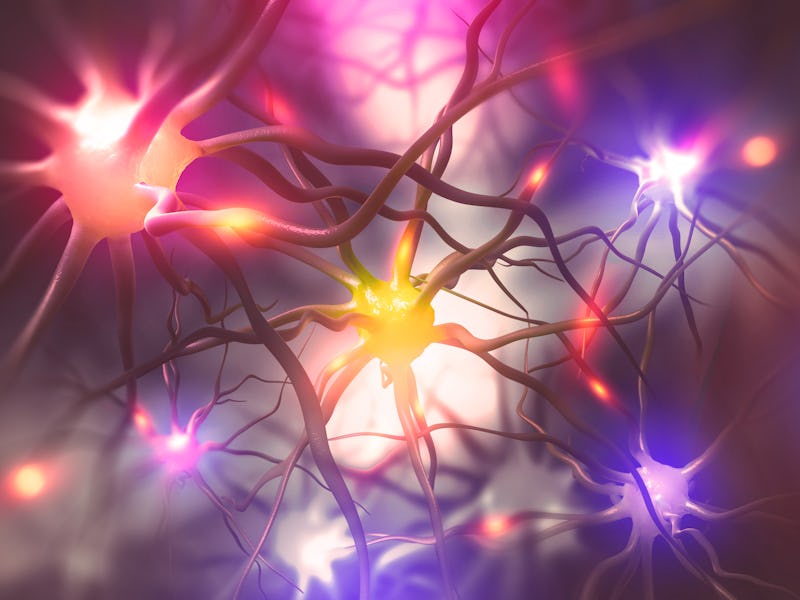Neuroscientists uncover a sensory “gateway” in the brain
How does the unconscious become conscious?

At any given moment, your brain notes millions of observations: the music in your headphones, the temperature of your water as you sip it, the proximity of the stranger next to you on the subway. If you noticed every single thing the brain picks up on, you’d be overwhelmed in seconds. So, why aren’t you? What’s filtering the “good” information from the “unnecessary” information?
The brain, of course. Yet how the brain manages to filter sensory stimuli to let only the most important pass into conscious noticing is a long-standing mystery in neuroscience — but a discovery made earlier this year could unravel the enigma once and for all.
INVERSE is counting down the 20 science discoveries that made us say “WTF” in 2021. This is #2. See the full list here.
The discovery — In a study published earlier this year in the journal Cell Reports, neuroscientists reveal the location of the brain’s consciousness filter — a region the paper’s authors call a “gateway” to consciousness.
“The findings reveal a gateway in the cortex where sensory information has to pass through in order to reach its destination (conscious access),” co-author Zirui Huang told Inverse at the time. Huang is a research investigator at the University of Michigan Medical School.
Digging into the details — According to the study, information processing in the brain is a two-step process:
- Step 1: The body processes external stimuli — everything you see, hear, smell, touch, and taste — on an unconscious level
- Step 2: The brain sorts through these signals and chooses which information is most important to bring to consciousness — like a bird flying straight into your face
The team wanted to pinpoint the exact mechanism that made the leap from Step 1 to Step 2 — what brought unconscious sensory stimuli to light? To answer this question, they conducted two experiments using brain scans called functional magnetic resonance imaging (fMRI).
An fMRI of a brain.
Experiment one — Participants were asked to imagine doing three complex tasks: playing tennis, navigating a place, and squeezing someone’s hand, and then asked to do a motor task (squeezing a ball).
When someone imagines executing an action, the brain region in charge of controlling movement becomes active, but other parts of the brain remain active, too. But when someone actually does a motor task, these other parts of the brain quieten — our focus prioritizes the activity.
During the experiment, the participants received various doses of an anesthetic to see if this might reveal where in the brain the switch between conscious and unconscious processing might lie. Interestingly, this move highlighted activity in a brain area called the anterior insular cortex.
Experiment two — In the second experiment, participants watched a screen on which a face appeared for three-hundredths of a second, before switching to a high contrast image for much longer. The participants who reported seeing a face were found to have greater activity in their anterior insular cortex than those who didn’t.
Why it matters — The anterior insular cortex is thought to regulate emotions, like fear and love. More recently, other research suggests the area also directs “interoceptive” attention, which is the focus that we pay to certain sensory information. These fMRI findings confirm that hypothesis.
The anterior insular cortex requires more understanding in its role for human cognition and consciousness. But the next time you notice a cyclist who came out of nowhere or a dog that’s about to round the corner, you can thank your anterior insular cortex for it.
INVERSE is counting down the 20 science discoveries that made us say “WTF” in 2021. This is #2. Read the original story here.
This article was originally published on